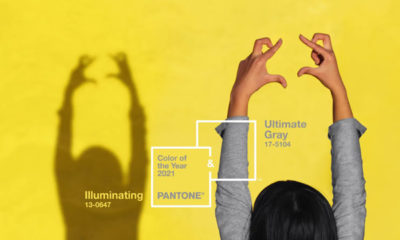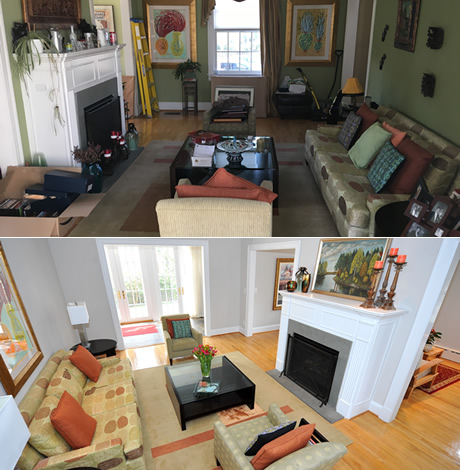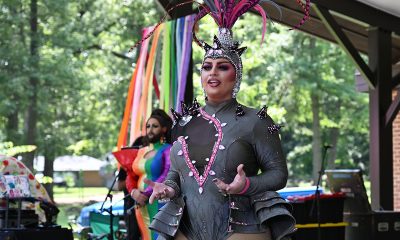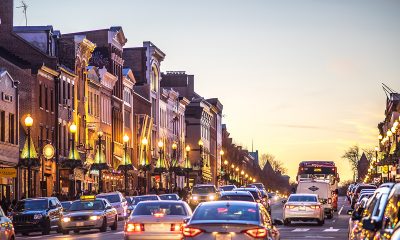Real Estate
The power of paint color
Neutrals, pastels and bold shades can evoke range of feelings
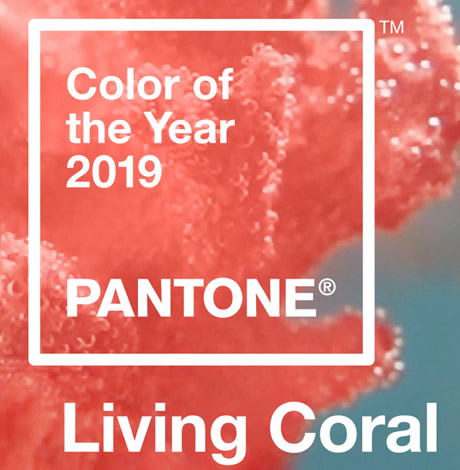
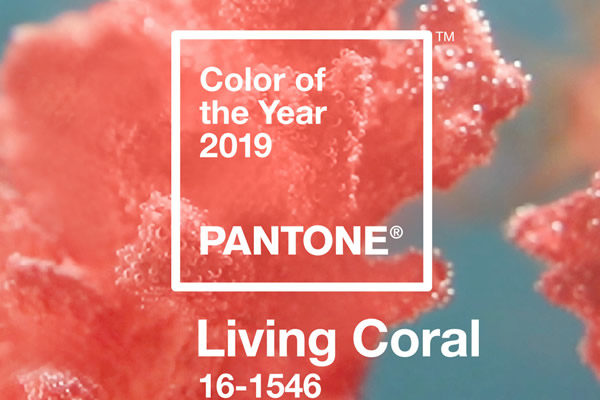
When I grow up, I want to be the person who names paint colors.
Each year, Pantone announces its color of the year. This year, it’s Living Coral, which Pantone describes as “an animated, life-affirming shade of orange, with golden undertones.” I really don’t know what that means, but it suggests either a jaundiced carrot or a certain, diaper-clad balloon originating in the United Kingdom.
Sherwin Williams also participates in this “name the new color” game. For 2019, their color is Cavern Clay, a “warm terracotta color with ancient, elemental roots…that is both casual and refined.” I’m not sure how to juxtapose ancient, casual, and refined but in comparing the Pantone color to the Sherwin Williams color, it would appear that Sherwin Williams just copied Pantone’s homework.
Last year’s Pantone color, Ultra Violet, was touted as “a dramatically provocative and thoughtful purple shade that communicates originality, ingenuity, and visionary thinking that points us toward the future.” Really? That sounds more like a job description for a Fortune 500 company executive than a color.
Sherwin Williams followed Pantone’s lead again in 2018 with a similarly dramatic color, Oceanside, that they said, “represents the growing desire for color that is both accessible and elusive and…offers a sense of the familiar with a hint of the unknown.” This is my first experience with a passive aggressive paint color.
Ace Hardware’s Clark and Kensington paint plays it safe in 2019 with Pineapple Cream Granita, a light yellow that’s sort of a cross between Haagen Dazs Pineapple Coconut ice cream and lemon sherbet. I learned something new when I Googled granita, which Wikipedia describes as a semi-frozen dessert that originated in Sicily, made from sugar, water and various flavorings. I don’t know whether to use this paint on my walls or eat a pint of it while binge watching Schitt’s Creek on Netflix.
Behr, the signature brand of Home Depot, has named Blueprint as its 2019 color and describes it as “a dark, rich, complex color.” That sounds like one of my exes, except for the rich part.
Dutch Boy gives us Garden Patch, which is a light green as its name implies, while Benjamin Moore’s 2019 offering is Metropolitan, yet another one of the 50 shades of gray. Aren’t we getting tired of gray yet?
Valspar, which can be found at Lowe’s, takes color naming to the max with 12 trending colors for 2019 that “take you on a journey to new ideas and inspired style.” Examples include Blushing Bride, Seattle Haze, and Spring Squash (the gourd, not the sport).
Whether you use bold colors, pastels, or neutrals on your walls, experts in the psychology of color maintain that different hues can affect your mood. For example, interior designers will tell you that red in a dining room promotes excitement and hunger while cool blues provide a calming atmosphere for a bedroom.
According to the five elements of feng shui, fire colors such as red, orange and purple will rejuvenate both your career and your sexual energy. Beiges and tans are among the earth tones that stabilize relationships and promote good health. Metallics (there’s that gray again) promote clarity and precision.
Water is represented by (you guessed it) shades of blue, but black can also play a role in creating harmony. Both water elements and the browns and greens of the wood element are said to stimulate wealth and prosperity.
Psychology and feng shui aside, I have a vision of people sitting around a table wearing green eyeshades and shouting out suggestions of paint color names like the guys pitching slogans in “Black-ish.” If I were to join them, I might suggest the following colors.
Maroon Five – combining the throaty voice of a full-bodied wine with the heat and complexity of a habanero pepper.
Crystal City – a metallic silver paint that twinkles like a glass menagerie in a starlit mini-Manhattan. (Available soon on Amazon.com.)
My favorite, however, is Scarlett O’Hara, a color that is already offered by Pratt and Lambert Paints. Use it in your dining room and, as God is my witness, you will never go hungry again.
Valerie M. Blake is a licensed Associate Broker in D.C., Maryland and Virginia and Director of Education & Mentorship at RLAH Real Estate. Call or text her at 202-246-8602, email her at [email protected] or follow her on Facebook at TheRealst8ofAffairs.
Real Estate
The world’s on fire and D.C. is on sale (sort of)
Prices are up, but then again, nothing makes sense anymore
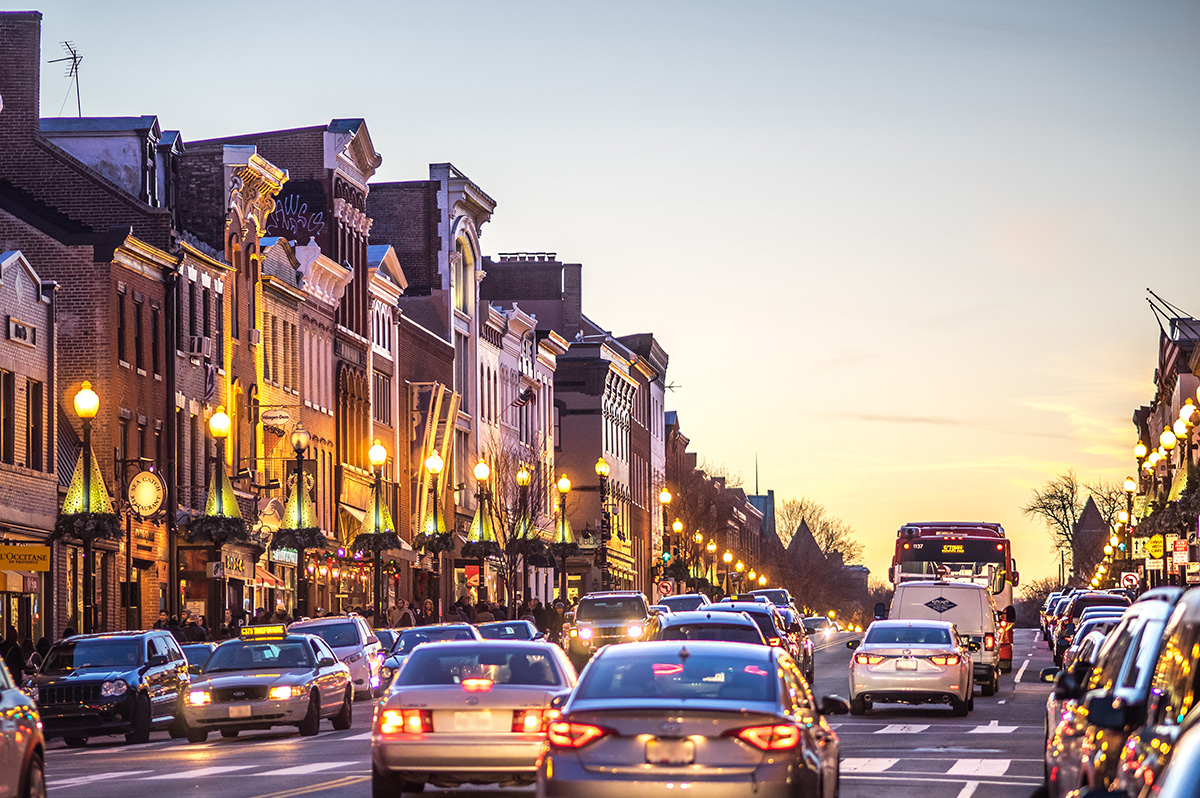
ICE is disappearing people, revered government agencies are shuttering, and who knows if we’ll be in World War III next week? But can you believe prices in D.C. are actually still up 6.3% since last year? It doesn’t make sense, and perhaps that does make sense, because nothing seems to make any sense any more.
That said, there are some parts of our market that are truly suffering. The interest rates, which have been up, up, up for about four years now, are the ongoing rain on our market’s military parade. Combine that with 75,000 federal employees taking a buyout nationwide, and DOGE cuts eliminating around 40,000 federal jobs in the District (per estimates by the D.C. CFO), not to mention thousands of other job losses in non-governmental organizations due to funding and program cuts, and you’ve got a case of uncertainty, and downright unaffordability in the pool of otherwise would-be buyers.
This has had a marked impact on properties that starter-home buyers and low- to mid-level employees would otherwise buy, most notably condominium and cooperative apartment units. These properties have already slowed in our market thanks to the profound impact that higher interest rates have had on their monthly carrying costs—pair that with job insecurity, and a lot of condos are proving to be very difficult to sell indeed.
So how is the average sale price up in our market?
The increase is almost entirely due to the resounding strength of the single-family home market, especially in upper Northwest D.C., where it is still quite common to see bidding wars, even on properties pushing past the $3M mark. It seems that buyers in that echelon are less impacted by a few percentage points in the interest rate, and less concerned about their job security. Notably, those buyers are often married with children and have an absolute need for more space, must stay in the area due to one spouse’s job, or the kid’s friend group, regardless of whether the cost of owning is thousands of dollars more per month than it would have been in 2020 or 2021. The continued appreciation in these neighborhoods defies imagination.
So, what to do if you are not one of those lucky enough to be shopping for a $3M home? The short answer: wait. If you want more space, rent your current place out and learn the joys of being a landlord while someone else pays your mortgage. Need the equity from your current home to buy your next place? Get a home equity line of credit, or loan, and pull the equity out of your current place to buy the next one. Or—and I have never recommended this before in 21 years of being a Realtor—rent for a few years. Sure, I’d love to list and sell your condo so you can climb the real estate ladder, but it might just be a waste of time, money or both if you could just ride out this storm and sell in a DOGE-less future.
All this said, there are some condos that seem to be immune from this recent negative news. Anecdotally, it feels like it’s the truly special ones that do just fine no matter the market. Our recent listing in Capitol Hill had a view from every one of its 15 windows of the Supreme Court. Sold in five days with six offers. Another condo was on the top two floors of a townhouse and had the coolest black wood floors that gleamed like a grand piano. Sold in four days at full price.
So, all is not for naught if you have a condo or home in an area that people want to be in, with nice space, light, amenities and a certain je ne sais quois. And, as long as we have a democracy in a few years, my experience says our market will be back, stronger than ever, really soon.
David Bediz is a Realtor and mortgage loan broker for the Bediz Group LLC and Home Starts Here, LLC. Reach him at [email protected].
Real Estate
No Rose, your interest rate has nothing to do with how many likes you got on Hinge
Many factors help determine rates these days
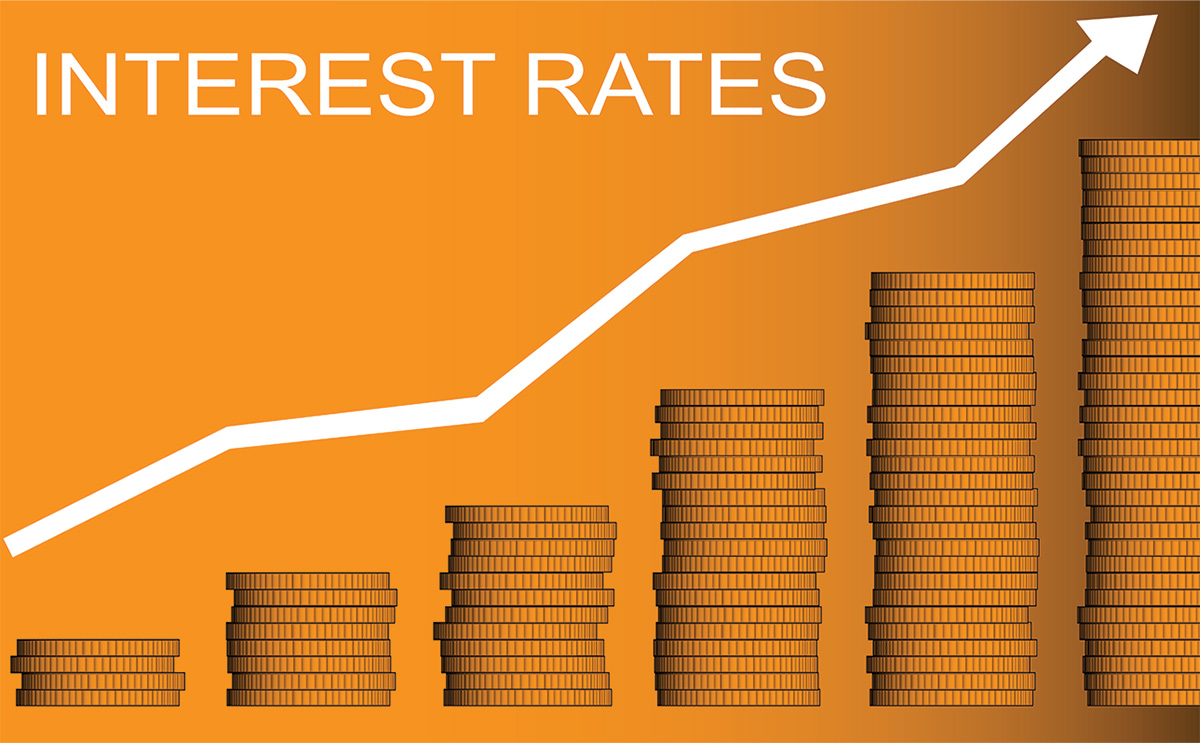
Picture it, you’re sitting in the lunchroom at work, and your coworker just bought a house. Another coworker bought one a few months ago and you hear that she got a totally different interest rate than the other one did, even though they both bought houses not that far from each other. Homebuyers everywhere have been wondering what interest rates they are going to get, lately. It’s easy to read an article online or see an ad on social media stating specific numbers, but there may be more than meets the eye going into a particular buyer’s interest rate.
What are the factors that can affect the interest rate a buyer eventually “locks in”?
- Property details – certain properties may be in neighborhoods with higher rates of foreclosure, or there may be specific census tracts that allow a buyer to participate in the “Fannie Mae Home Ready” and “Freddie Mac Home Possible” programs, which carry more flexible requirements such as various income limits and lower interest rates, to help people begin homeownership.
- Type of loan / loan amount– a conventional, conforming loan or a jumbo loan can have differing interest rates, as well as FHA loans.
- Credit score – most people are aware that this affects what interest rate is quoted, just like on a credit card. Some lenders will work with you on ways to improve a credit score if the goal is to buy six, nine, or 12 months from now.
- Lock period – do you want to lock in the rate for 30 days? 45? Market volatility can cause the rates to change so it will cost more money to hold onto a particular interest rate.
- Loan to value ratio – one can still buy a home with less than 20% down, but the rate that is quoted may be higher.
- Occupancy type – is this the primary residence or an investment property?
- Points bought or credits taken – A buyer can pay the lender a fee to buy down the interest rate, or the seller can sometimes offer a credit. This has become more popular in recent years.
- Market conditions – keep an eye on the news – as we are all aware, change is the only constant!
Lender Tina del Casale with Atlantic Union Bank says, “With jumbo fixed rates in the low 6’s, and first-time buyer down payment assistance loans such as DC Open Doors, rates are in the mid 7’s. With the added factors of your income, the address you are purchasing and your credit score factoring into the equation, interest rates are different from buyer to buyer these days. So, skip the online tools and make a few calls because that’s the only way to get an accurate quote these days!”
It might feel like an overwhelming amount of information to take on, but remember, there are people that help others take these big steps every day. A trusted lender and Realtor can guide their clients from start to finish when it comes to purchasing a home. And for that, you’ll be saying, “thank you for being a friend!”
Joseph Hudson is a referral agent with Metro Referrals. Reach him at 703-587-0597 or [email protected].
Real Estate
The best U.S. cities for LGBTQ homebuyers in 2025
Where strong equality scores, vibrant culture, attainable prices converge
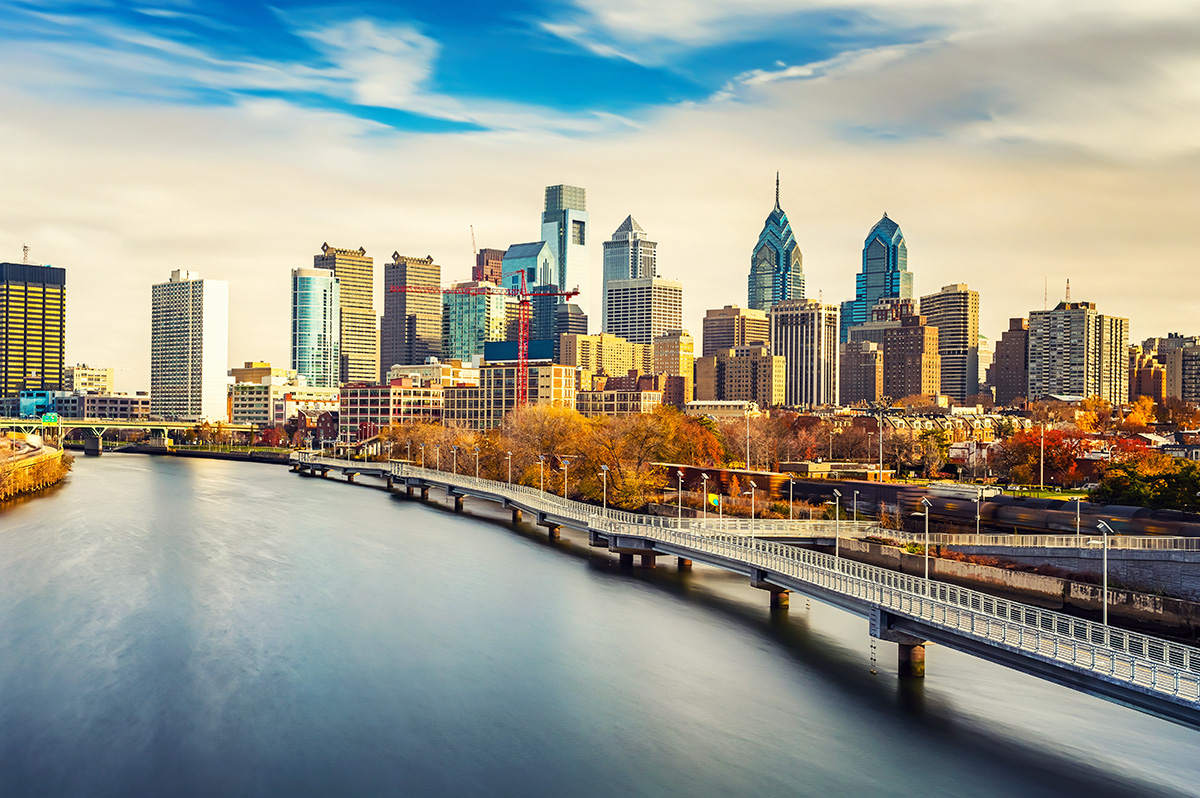
Buying a home has always been a landmark of security and self-expression. For LGBTQ+ people, it can also be a powerful act of claiming space in a country where housing equality is still a work in progress. The good news? This year offers more options—and more protections—than ever. A record-breaking 130 U.S. cities now score a perfect 100 on the Human Rights Campaign’s Municipal Equality Index (MEI), meaning their local laws, services, and political leadership actively protect queer residents, reports.hrc.org. Meanwhile, national housing analysts at Zillow expect only modest price growth this year (about 2.6 percent), giving buyers a little breathing room to shop around.
Below are eight standout markets where strong equality scores, vibrant LGBTQ+ culture, and relatively attainable prices converge. Median sale prices are from March 2025 Zillow data.
1. Minneapolis–St. Paul, MN
Median sale price: $317,500
Twin Cities residents benefit from statewide nondiscrimination laws that explicitly cover sexual orientation and gender identity, a thriving queer arts scene, and dozens of neighborhood Pride celebrations beyond the mega-festival each June. Buyers also appreciate Minnesota’s down-payment assistance programs for first-time and BIPOC purchasers—many LGBTQ+ households qualify.
2. Philadelphia
Median sale price: $227,667
Philly combines East Coast culture with Mid-Atlantic affordability. “Gayborhood” anchors like Giovanni’s Room bookstore mingle with new LGBTQ-owned cafés in Fishtown and South Philly. Pennsylvania added statewide housing protections in 2024, closing the legal gaps that once worried trans and nonbinary buyers.
3. Pittsburgh
Median sale price: $221,667
Don’t let the steel-town stereotype fool you—Pittsburgh’s MEI score is 100, and its real-estate dollar stretches further than in comparable metros. Lawrenceville and Bloomfield have become hubs for queer-owned eateries and co-working spaces, while regional employers in tech and healthcare boast top Corporate Equality Index ratings.
4. Tucson, Ariz.
Median sale price: $328,333
This desert city punches above its weight in LGBTQ+ visibility thanks to the University of Arizona, a nationally ranked Pride parade, and some of the country’s most picturesque outdoor recreation. Arizona’s statewide fair-housing statute now explicitly lists gender identity, giving buyers added recourse if discrimination occurs.
5. Madison, Wisc.
Median sale price: $413,867
Madison blends progressive politics with a top-five public university and a booming tech corridor. Local lenders routinely promote inclusive marketing, and Dane County offers one of the few county-level LGBTQ+ home-ownership programs in the nation, providing up to $10,000 in forgivable assistance for low-to-moderate-income couples.
6. Atlanta
Median sale price: $359,967
The cultural capital of the Southeast delivers queer nightlife, Fortune 500 jobs, and a web of supportive nonprofits such as Lost-n-Found Youth. While Georgia lacks statewide protections, Atlanta’s 100-point MEI score covers public accommodations, contracting, and employer requirements—shielding homebuyers who choose in-town neighborhoods like Midtown or East Point.
7. St. Petersburg, Fla.
Median sale price: $354,667 Yes, Florida’s statewide politics are turbulent, but St. Pete has long held firm on LGBTQ+ equality. The city’s Pride festival draws nearly a million visitors, and local ordinances bar discrimination in housing and public services. Waterfront bungalows in Kenwood and more affordable condos near Uptown give first-time buyers options.
8. Denver
Median sale price: $563,500
Colorado passed some of the nation’s strongest gender identity housing protections in 2024, and Denver’s queer community remains one of the most visible in the Mountain West. Although prices run higher, buyers gain exceptional job growth and one of the country’s largest Gay & Lesbian Chambers of Commerce.
Smart Strategies for LGBTQ+ Buyers & Sellers
1. Build Your Dream Team Early
- Work with an equality-focused real-estate pro. The easiest way is to start at GayRealEstate.com, which has screened gay, lesbian, and allied agents in every U.S. market for more than 30 years.
- Choose inclusive lenders and inspectors. Ask whether each vendor follows HUD’s 2021 guidance interpreting the Fair Housing Act to cover sexual orientation and gender identity.
2. Know Your Rights—And Limitations
- Federal law bars housing bias, but enforcement can lag. Document everything and report issues to HUD, your state civil-rights agency, or Lambda Legal.
- In states without full protections, rely on city ordinances (check the MEI) and add explicit nondiscrimination language to your purchase contract.
3. Evaluate Neighborhood Fit
- Use local data: crime stats, school ratings, transit, and MEI scores of nearby suburbs.
- Spend time in queer-owned cafés, bars, and community centers to gauge true inclusivity.
4. For Sellers: Market With Pride—And Professionalism
- Highlight proximity to LGBTQ+ resources (community centers, Pride festivals) in your listing remarks.
- Stage neutrally but inclusively—rainbow art is great, but removing personal photos can protect privacy during showings.
The landscape for LGBTQ+ homeowners is evolving fast. By coupling inclusive laws, supportive culture, and attainable prices, cities like Minneapolis, Philadelphia, and Tucson stand out for 2025. No matter where you land, surround yourself with professionals who value every part of your identity. Start your journey at GayRealEstate.com, lean on the resources above, and claim your corner of the American dream—on your own terms, and with pride.
Scott Helms is president and owner of Gayrealestate.com.

